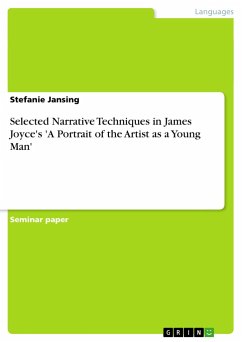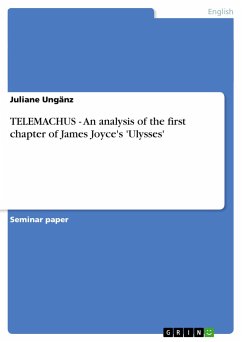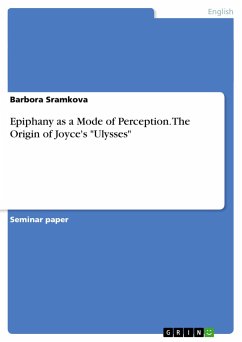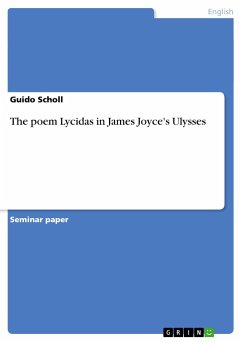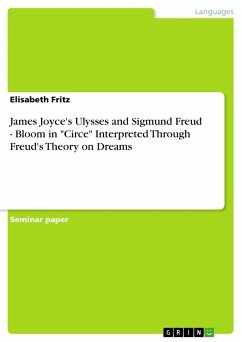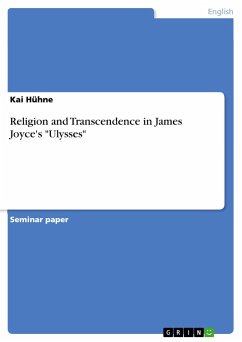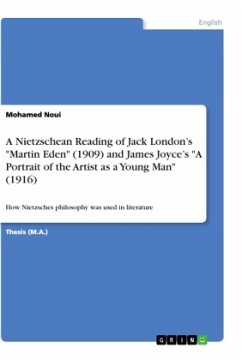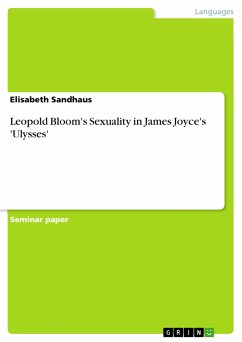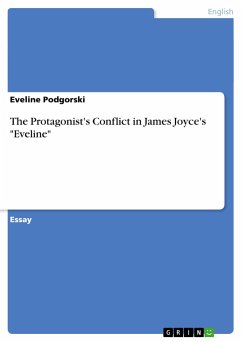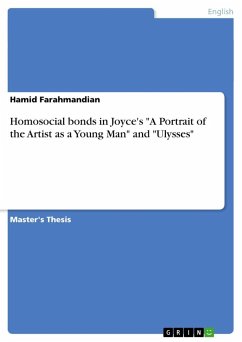
Homosocial bonds in Joyce's "A Portrait of the Artist as a Young Man" and "Ulysses"

PAYBACK Punkte
0 °P sammeln!
Master's Thesis from the year 2013 in the subject English Language and Literature Studies - Literature, grade: A, , course: World Literature - Irish Literature, language: English, abstract: This project paper aims to analyze aspects of homosociality in two novels by James Joyce, "A Portrait of the Artist as a Young Man" and "Ulysses." Despite the fame of these novels and the extensive research done on them, the theoretical relevance of homosociality in the two works has not yet been widely discussed. This is mostly due to the fact that although the theory first became popular in the 1990s, it ...
Master's Thesis from the year 2013 in the subject English Language and Literature Studies - Literature, grade: A, , course: World Literature - Irish Literature, language: English, abstract: This project paper aims to analyze aspects of homosociality in two novels by James Joyce, "A Portrait of the Artist as a Young Man" and "Ulysses." Despite the fame of these novels and the extensive research done on them, the theoretical relevance of homosociality in the two works has not yet been widely discussed. This is mostly due to the fact that although the theory first became popular in the 1990s, it is still a relatively new perspective. This study analyses various views on social bonds and private lives and their effects on social behaviors to determine the reasons for the lack of homosociality and the ways in which it is regained in two of Joyce's protagonists. Furthermore, this paper will seek to argue that if the characters endeavour logically to solve the problems in their lives and mind, their homosociality will be boosted. For example, according to the plot of the story, if Stephen and Bloom as the main characters in "Ulysses" find their paternity and the root of fatherhood, their relationships and associations with other males in society will be changed accordingly. On the other hand, if Stephen, as the only hero and protagonist in "A Portrait of the Artist as a Young Man" can find the answers to the questions posed in his own mind regarding religion and his own identity, his personal confusion that alienates him from others in society will be eliminated. In order to achieve these results the theory of homosociality which was coined for the first time by Jean Lipman-Blumen in 1976 and became popular by Eve Kosofsky Sedgwick, will be applied to the novels under study.




